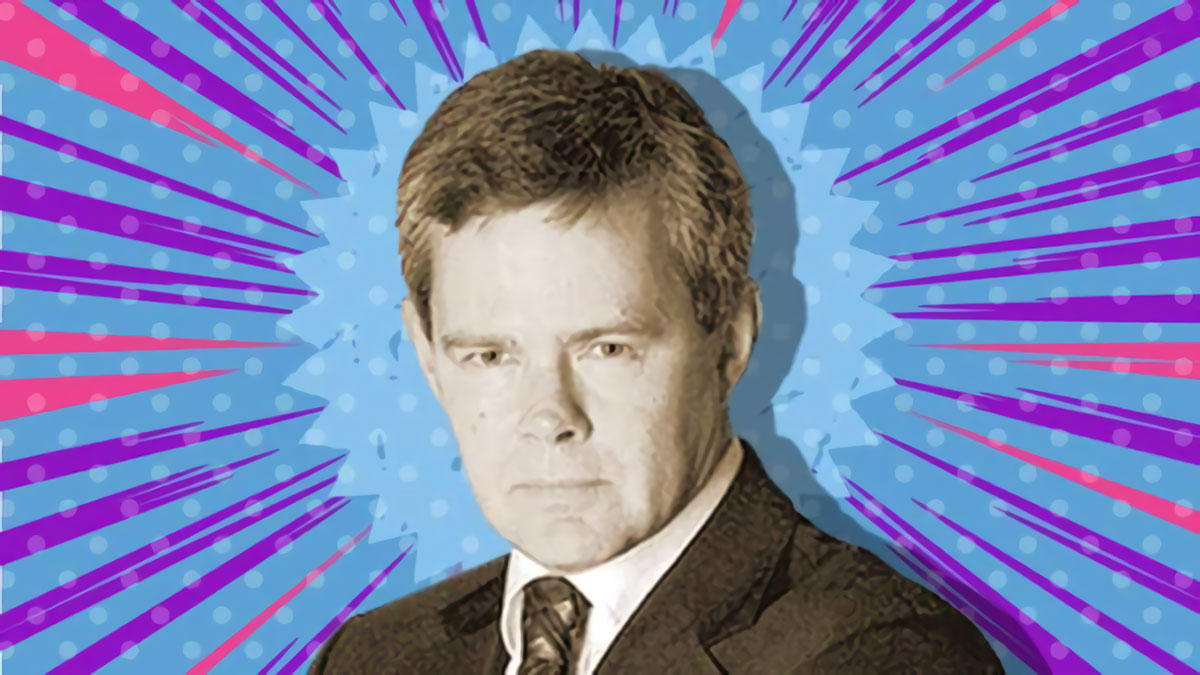Barry FitzGerald: Did somebody say ‘potential nickel deficit’? These juniors have big resources in the wings

‘Garimpeiro’ columnist Barry FitzGerald has covered the resources industry for +35 years.
The contrarian in Garimpeiro is wondering if the beaten up ASX nickel sector represents an opportunity for brave of heart investors.
The nickel stocks are now trading at give-away prices, explorers, developers and producers alike.
No surprise in that, given nickel’s 45% price fall last year to levels at which half the global industry is loss-making.
A flood of Chinese-backed Indonesian upgraded nickel from laterite sources on to the Chinese-owned London Metal Exchange platforms was to blame.
Suddenly it seemed the world was awash with nickel suitable for use in the high-growth battery market, as well as nickel’s traditional stainless steel and nickel alloys market.
Down came the price and up went the shutters on mines around the world accounting for more than 250,000t of annual production (20,000tpa so far in Australia) worth some $4.5 billion. Why, even BHP is thinking about shuttering its 80,000tpa Nickel West operation.
Commodity markets are no different to life itself in that it is always darkest before the dawn. And here we are, with the nickel price picking itself up to climb 13% higher since its February low to $US17,760/t mid-week.
Nickel West was a money loser in the December half when its realised nickel price averaged $US18,602/t. So its future remains under a cloud as apart from anything else, BHP reckons the nickel market could be over-supplied to the end of the decade.
But a contrarian would suggest that low prices will deliver higher prices in the end, particularly in a metal with an unchallenged growth in demand profile because of the battery revolution.
Indonesia’s dramatic growth rate in the supply to the battery space can’t go on endlessly. Andrew Forrest reckons it is “dirty’’ nickel because of its high carbon emissions and broader environmental impacts.
He is cranky as his private investment arm Wyloo Metals has had to move its Kambalda nickel mines – acquired last year with the takeover of Mincor – on to care and maintenance.
But BHP is cranky too, saying the LME has to lift its game if its Responsible Sourcing of LME-Listed Brands policy is to be taken seriously.
All that has fuelled calls for “clean’’ nickel to command a premium. It is not about to happen. But there is a real chance that governments in Europe and North America will seek to protect their nickel miners through tariffs and the like, in the name of good ESG policy of course.
Garimpeiro is getting off track. Production cuts and the unquestioned growth in nickel demand, both from the stainless and battery sectors, will eventually remove the oversupply in the market and deliver higher prices.
Macqaurie’s veteran nickel watcher Jim Lennon reckons there is a chance that the market could actually face a supply deficit in 2024.
“Our revised surplus for 2024 has been reduced from 100,000t to under 40,000t and if Indonesian nickel supply growth falls below our projected 13% YoY growth, the market could potentially move in to deficit. This is a major change from our recent forecasts,’’ Lennon said.
BHP on the other hand recently estimated the average surplus across 2022–2025 will easily exceed 200,000t or about 8% of 2023 demand.
They can’t both be right. Garimpeiro has a preference for Lennon’s take because it suits his earlier suggestion that the only way now for nickel and nickel shares has to be up.
Surely?
Below there are four ASX juniors that Garimpeiro is watching with his contrarian hat on.
They all have big nickel resources under their belt and will be called on eventually to get in to production if there is to be any hope of future nickel demands being met.
Interestingly, a couple have moved nicely higher since their early February lows.
Centaurus (ASX:CTM): Trading mid-week at 26.5c for a market cap of $133m. Was a 28c stock at the start of February and is long way off its 52-week high of 98c.
Alliance (ASX:AXN): Trading mid-week at 3.7c for a market cap of $25m. Has come up from 3.2c at the start of February but remains well short of is 52-week high of 15c.
Ardea (ASX:ARL): Trading mid-week at 51.5c for a market cap of $97.5m. Has come up from 37c at the start of February. Still, it is down from a 12-month high of 75c last August.
Aston (ASX:ASO): Trading mid-week at 1.6c for a market cap of $20m. It is steady on its market price at the start of February and remains well short of its 52-week high of 14c.
The views, information, or opinions expressed in the interviews in this article are solely those of the interviewees and do not represent the views of Stockhead. Stockhead does not provide, endorse or otherwise assume responsibility for any financial product advice contained in this article
Related Topics
UNLOCK INSIGHTS
Discover the untold stories of emerging ASX stocks.
Daily news and expert analysis, it's free to subscribe.
By proceeding, you confirm you understand that we handle personal information in accordance with our Privacy Policy.








